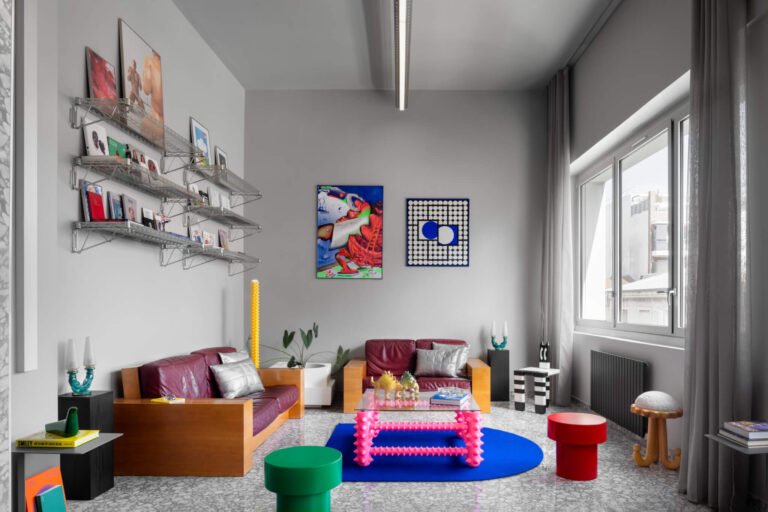7 Genius Bookshelf Ideas to Update Your Home Library
A bookshelf is a piece of furniture that practically all of us own. While bibliophiles would agree that lining the shelves with books makes the most sense, going beyond the staid and traditional approach is easily one of the quickest ways to enhance your home. Karen B. Wolf, the founder and principal designer of the Short Hills, New Jersey–based Karen B. Wolf Interiors, says that your bookshelves should resemble a chic lifestyle store. “You want a compilation of items that are stylishly displayed,” she says. “Many people are stumped on how and where to put their stuff on the shelves and what items they should even have on them in the first place.” In reality, Wolf says, creating a showpiece bookshelf on your own is easier than you’d think.
Follow these seven tips and tricks to exhibit books, knickknacks, and other decor pieces in a way that wows.
1. Stick to the rule of three
When it comes to styling, Wolf advises using three of each item but in varying sizes. “A trio creates a look that’s balanced,” she says. “The creativity comes in how you display the items and the different sizes they come in.” With three vases, for example, Wolf recommends implementing ones in assorted heights, widths, and materials, such as glass, wood, and ceramic. Other trio possibilities include oversized coffee-table books, picture frames, boxes, and candles.
2. Display similar items on alternating sides
Don’t put the same type of item above and below each other on a shelf, notes Emily Ruff, principal designer of the Seattle-based Cohesively Curated Interiors. “Alternate the sides to keep your shelves visually interesting and even consider skipping shelves,” she says. For example, put a plant on the top shelf, skip the shelf below it, but place another one on the third shelf down on the opposite side from the other.
3. Display with relevance
Styling books in the kitchen takes a savvy approach: You’ll want to accessorize your culinary treasures with a mortar and pestle, kettles, pitchers, and glassware, for instance, as this gives the display a certain theme. “What you display should make sense in the room with the exception of universal items like plants and art,” Ruff says. On the other hand, children’s books look even better with playful items such as globes, stuffed animals, and quirky artwork. Living rooms call for an array of tchotchkes craftily placed near coffee-table books, vintage books, as well as family photos and sculptural pieces.
4. Get some greenery
With biophilic design, growing, intertwining plants (real or faux) are a must for shelves. Choose low-maintenance green buds to give the bookshelf some dimension. “Plants like succulents, eucalyptus, and ferns barely require watering,” Wolf says. The size of the plants you buy depends on the height and width of your shelf. The flora should be noticeable but not overwhelming.
5. Layer art
“Shelfie art, as I like to call it, fills voids [on a bookshelf],” says Wolf, who recommends displaying artwork in the background or in the forefront. Doing so will give your bookshelves “a collected look.” Her go-to for inexpensive but unique art from independent artists include Minted and Society6.
6. Remove book covers
Most hardcover books come with a high-gloss paper cover. The sheen can potentially cheapen the tome’s appearance, according to Wolf. She suggests removing the covers and flipping the book to showcase the creamy color of the pages. “The paper texture and pulp are so much more elevated than a cover,” she says.
7. Group books by size
Ruff likes to group books by size to create mini collections throughout the shelves. She likes to display larger volumes laying in a stack of two to four. Smaller reads look lovely in a vertical line, especially when arranged by height. “Instead of traditional bookends, use objects or a plant to keep the smaller books in place.”


